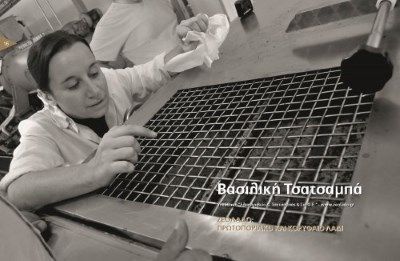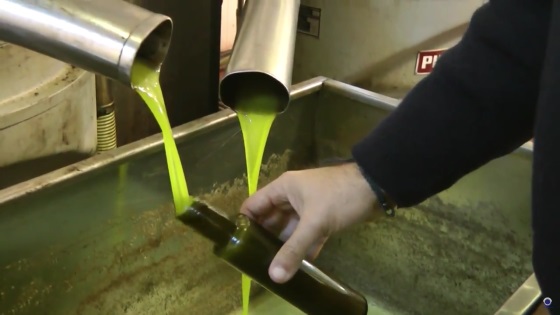Εφαρμογές του ζεόλιθου στην ιατρική
A particular structural feature of zeolites relative to other aluminosilicate materials, and other crystalline materials in general, is the existence of channels and/or cavities linked by channels. One of the characteristics that distinguishes zeolites from other porous materials is their variety of pore sizes and shapes. The size and shape of channels/cavities in zeolites therefore define the structural parameters of a given type of zeolite (1). Properties of zeolites, such as ion exchange, intercrystalline pores that discriminate between molecules of different dimension, strong acidic sites, and active reservoirs for metal-catalyzed reactions, have earned them extensive industrial uses. Consequently, fundamental zeolite research has become an area of great interest (2). The remarkable applicability of zeolites ranges from uses in biochemistry, the agroindustry, detergents, soil improvements, the nuclear industry, energy storage, and the textile industry (3). Zeolites are among the most important inorganic cation exchangers. The aluminosilicate structure is negatively charged and attracts cations that come to reside inside the pores and channels. Zeolites have large empty spaces, or cages, within their structures that can accommodate large cations, such as Na+, K+, Br+, and Ca2+, and even relatively large molecules and cationic groups, such as water, ammonia, carbonate ions, and nitrate ions. The basic structure of zeolites is biologically neutral. The ion-exchange process is reversible, allowing for adsorption of ions and molecules, making zeolites useful as filters for dust, toxin removal, and as chemical sieves. Zeolites can have water as part of their structure; after the water has been driven off by heating, the basic framework structure is left intact. Subsequently, other solutions can be put through the structure, and thus the zeolite acts as a delivery system for the new fluid. This process has been exploited and applied in medicine, farm animal feed, and other types of research. Nowadays zeolites compete with cation-exchange resins in water processing and in purification of wastewater and sewage. Zeolites have high cation exchange selectivities, good resistance to temperature and ionizing radiations, and excellent compatibility with the environment. Therefore, zeolites are widely used in modern technology as selective adsorbents, molecular sieves, and particularly as catalysts. It is obvious that the ion sieving and other remarkable properties of zeolites will be utilized in the near future for the environmental and health care industries… …













